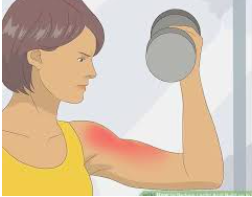Why do we respire?
Before we understand respiration, let’s do a few experiments.

You might be aware of the fact, that candle stops burning when we light it and cover it with a glass jar. In other words, when we stop the flow of air.
You can also think about coal. Ever wondered why the corn seller uses a fan while roasting the cob? That’s because he is increasing the flow of air, to make the coal burn faster.

From the above two experiments, it might be clear to you that fuel alone is not sufficient to produce energy. The wax in the candle or the coal in corn sellers stove cannot burn unless there is the right amount of air.
Now you can consider that the food we eat acts as a fuel for us. But to produce energy from it, we need the flow of air inside our bodies. This is the reason that we start panting (breathe heavily) when we run, and breathe calmly when we are resting, depending on the amount of energy we need.
Biological creatures are marvels of nature! Us and every living being are unique. There are some organisms that can derive the energy from their food with very little or absolutely no air! The examples are fish and yeast.
Chemistry Behind Respiration
“Chemistry” is fun isn’t it? If it’s not, it will be. Let’s meet few of our friends:

Hydrogen
He is really small and favorite of his friends. His friends also call him ‘H’
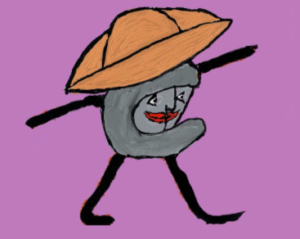
Carbon
He is the cool guy of the group. He keeps his friends together, holding hands in hands. They also call him the big “C”
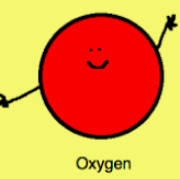
Oxygen
She is playful and energetic. She hardly remains alone and is always found with her friends. Her nickname is “O”
They have a group called “The Elements” with a lot of members. They might look small, but they are the building blocks of everything that we see around! We will meet the other members later, while these three will help us to understand respiration.
The food we eat gives us “Glucose” after digestion. Glucose is basically raw fuel for our cells to function. However, our cells need to respire to generate energy from glucose.
Glucose is a substance, that is made up of 6-Carbons, 6-Oxygens, and 12-Hydrogens. To easily represent it, we call it C6H12O6.
There are two types of respiration that concern us for now. Those are with and without air.
- a) The one with the air is called Aerobic Basically, the cells that respire aerobically have a mechanism that breaks Glucose into water (H2O) and a gas called Carbon Dioxide (CO2). You can now understand that water is made up of 2-Hydrogens and 1-Oxygen, while carbon dioxide is made up of 1-Carbon and 2-Oxygens. This process occurs by consumption of air or precisely Oxygen gas (O2) that acquire 21% of the air.
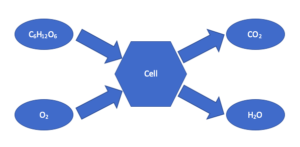
- b) The one that occurs without air is called Anaerobic The cells that use this method to respire doesn’t use Oxygen gas, but some other substance, to produce energy from glucose along with some by-products.
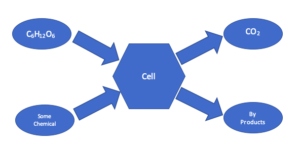
Anaerobic respiration is pretty common in our day to day lives. One of the examples of such an organism is yeast. You didn’t recognize it? You will be surprised to know about it!
Yeast is a single-cell organism, that can be found in many places, even on your skin! However, food-grade yeast is used to prepare various food items. Ever thought how does the bread get its spongy texture? One of the ingredients responsible is yeast, as it produces bubbles of CO2 gas inside the dough.
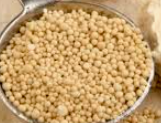 Food grade yeast
Food grade yeast
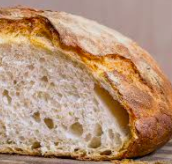 Sour bread with the spongy texture
Sour bread with the spongy texture
Yeast produces alcohol as the by-product and is used in a process called fermentation. This process has industrial importance like the production of wine from fruit juice.
You might wonder, how do humans respire aerobically? Is it like a pipeline in our body for the circulation of air? The answer is yes and no.
As you know, the essential content for aerobic respiration is Oxygen gas (O2). Instead of the circulation of air throughout the body, we have blood that carries Oxygen gas to various parts of the body.

However, there are some cells in our body, that can respire anaerobically. Because of the limited supply of oxygen gas, our muscle cells produce energy from glucose anaerobically. The muscle cells instantly produce energy anaerobically creating a by-product called Lactic acid. This by-product is the reason for sore muscles (pain in muscles) after an intense workout like after playing football, or long-running.
When we sleep or rest, the blood gradually carries oxygen to the sore muscles and after aerobic respiration, the muscles become normal. Sometimes, we might need a little massage to improve blood circulation in the sore parts.
